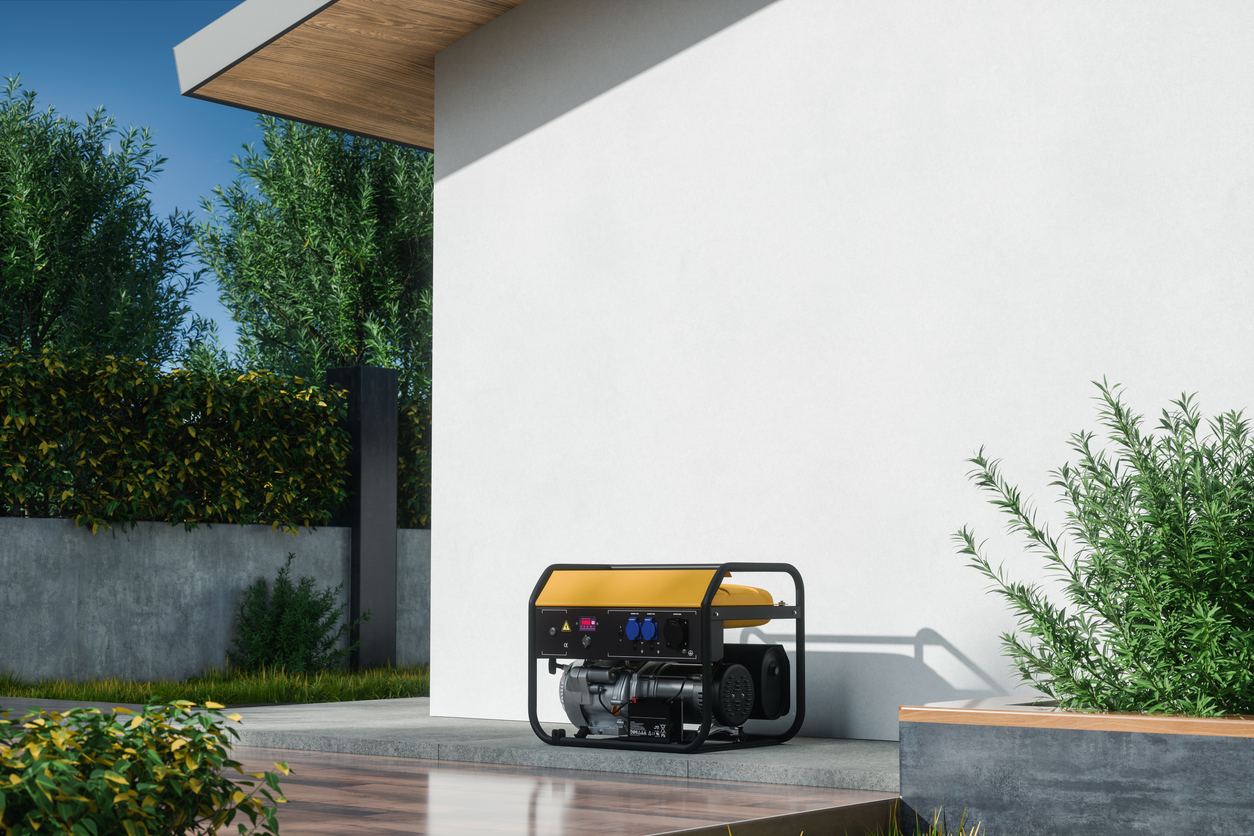Walk-in showers have become a popular choice in modern bathroom designs, offering both aesthetic appeal and practical benefits. They bring a sense of luxury and spaciousness to any bathroom, large or small. In this article, we will explore the advantages of walk-in showers, different design options, materials to consider, and why they are an excellent investment for your home.

The Benefits of Walk-In Showers
Walk-in showers offer a sleek and seamless design that can elevate the look of any bathroom. One of their primary advantages is accessibility. With no door to step over or small cubicle to squeeze into, walk-in showers provide a spacious and open environment, making them ideal for people with mobility issues or those who simply want a more comfortable shower experience.
Moreover, they are easy to clean. With fewer crevices and less hardware than traditional shower units, maintaining a walk-in shower can be less time-consuming. The minimalist design also reduces the risk of mold or mildew buildup, particularly if the shower area is properly ventilated.
Walk-in showers can also increase the resale value of a home. Their modern, stylish design and functional advantages are appealing to potential buyers, making them a worthwhile long-term investment.
Design Flexibility
When it comes to walk-in showers, design possibilities are nearly limitless. Whether your style is minimalist, rustic, or ultra-modern, you can find a design that complements your aesthetic preferences.
A key advantage of walk-in showers is the ability to customize them to suit your space. In smaller bathrooms, a corner walk-in shower can make efficient use of available room, while in larger bathrooms, a wide-open shower can serve as a central design feature. Frameless glass panels are a popular choice, giving the bathroom an airy, open feel and allowing the natural light to flow freely.
You can also experiment with tiling patterns, colors, and textures. From sleek marble to textured stone, the choice of materials can significantly impact the overall feel of the bathroom. Incorporating a built-in bench or recessed shelving can also add functionality without compromising style.
Materials to Consider
The materials you choose for your walk-in shower will not only affect its appearance but also its durability and ease of maintenance. Tile is one of the most common materials used in walk-in showers because of its versatility in design and durability. Porcelain and ceramic tiles are popular choices as they are water-resistant and easy to clean.
Natural stone, such as marble, granite, or slate, can add a luxurious touch to your walk-in shower. However, these materials require more maintenance than ceramic tiles and need to be properly sealed to prevent water damage. If you’re looking for a low-maintenance option, large-format tiles or slab materials can minimize grout lines, making cleaning even easier.
Another material to consider is glass. Frameless glass enclosures give a walk-in shower an elegant, modern look. Additionally, high-quality tempered glass is strong and durable, offering a sleek yet practical solution for your bathroom.
Safety and Accessibility Features
Walk-in showers are ideal for creating a more accessible bathroom, particularly for individuals with limited mobility. With no threshold to step over, it reduces the risk of tripping, making it safer for elderly or disabled individuals.
Including safety features like grab bars, non-slip flooring, and a built-in bench can provide additional security without sacrificing style. Many modern designs incorporate these features seamlessly, allowing for both functionality and a chic look.
Furthermore, walk-in showers can be designed with a curbless entry, making them wheelchair-accessible. By ensuring that the bathroom floor is sloped towards the drain, water can be contained without the need for a traditional shower tray or barrier.
Walk-In Showers vs. Traditional Showers
Compared to traditional enclosed showers or shower-bath combos, walk-in showers offer several distinct advantages. The open design of a walk-in shower can make a bathroom feel larger and less cluttered. This is especially beneficial in smaller bathrooms where space is at a premium.
Walk-in showers also provide a more luxurious showering experience, with the option to include multiple showerheads, body jets, or rain showers. They can be fitted with high-end features, such as steam options, programmable controls, and custom lighting, adding to the overall experience of relaxation.
While traditional showers may be more affordable and suitable for some homes, particularly those with a smaller budget, walk-in showers offer a more contemporary look and improved functionality, making them a great option for those looking to upgrade their bathroom.
Installation Considerations
Installing a walk-in shower may require some additional planning and investment compared to a traditional shower unit. One of the most important factors is proper drainage. A sloped floor is necessary to prevent water from pooling, and this may require modifications to the existing floor structure.
Waterproofing is also crucial to avoid any future leaks or water damage. Hiring a professional contractor to ensure proper installation is essential, particularly if you are working with natural stone materials or frameless glass panels.
Another consideration is ventilation. Walk-in showers tend to be more open than traditional showers, so ensuring that your bathroom has proper ventilation will help prevent moisture buildup, mold, and mildew.
Final Thoughts
Walk-in showers are a stylish and functional addition to any home. Their modern design, ease of cleaning, and ability to increase home value make them an excellent investment. With so many options available in terms of materials, design, and features, you can create a walk-in shower that not only suits your aesthetic preferences but also meets your practical needs. Whether you are remodeling a small bathroom or designing a spa-like retreat, a walk-in shower offers the perfect blend of luxury and functionality.


